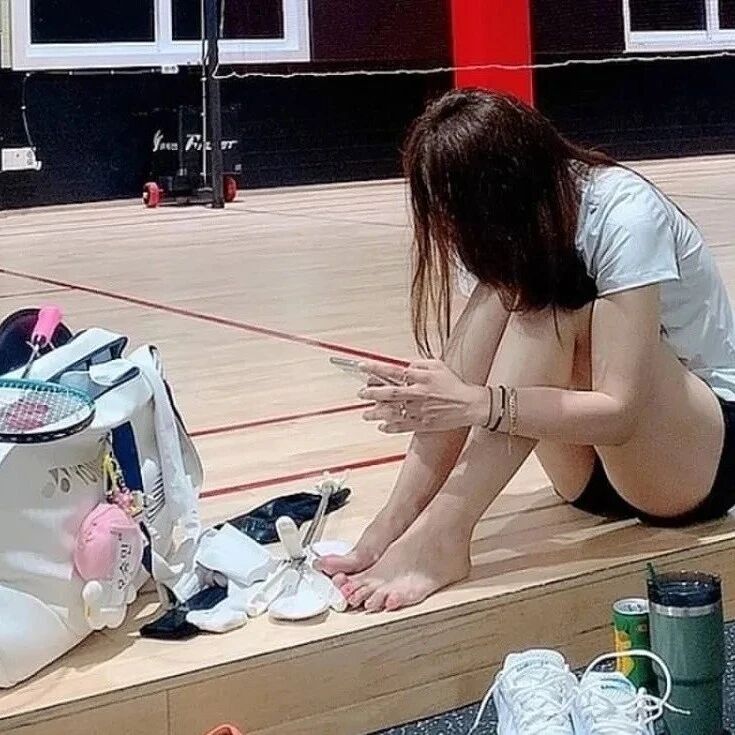Badminton: It’s a sport you can play from age 2 all the way to 100!
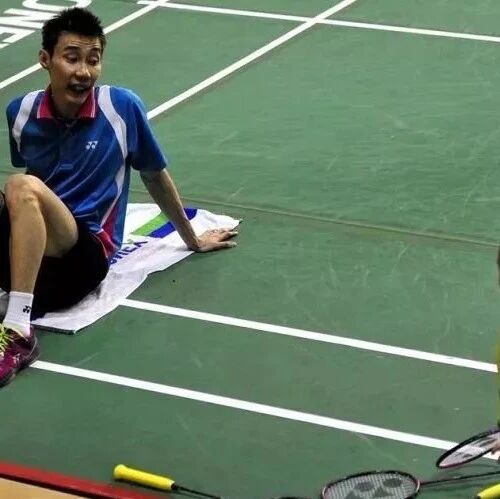
Badminton: It’s a sport you can play from age 2 all the way to 100!
Ages 2–4
Can a 2-year-old play badminton? They can’t even hold the racket steady yet! But why not? Malaysia’s top badminton player, Lee Chong Wei, watched his 2-year-old son already swinging a racket around with confidence!
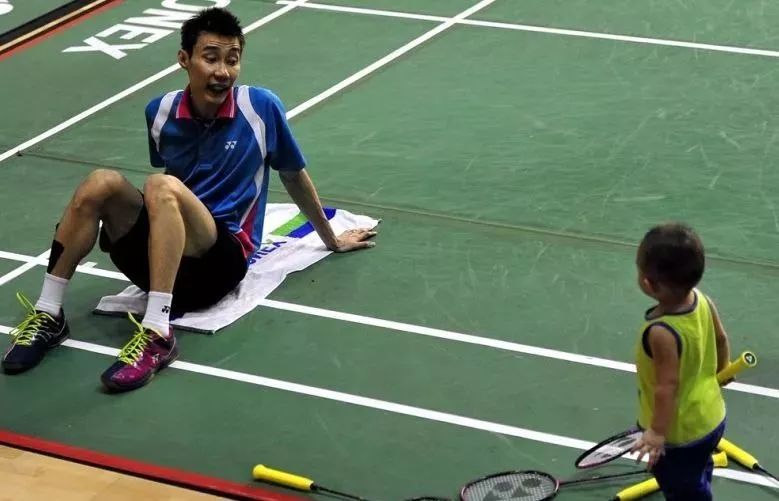
Benefits:Developing a child's intelligence, stimulating both the cerebrum and cerebellum, enhancing motor coordination, and improving visual-neural system tracking abilities—this is a period when children are bursting with curiosity about the world. By spending about 10 minutes each day playing on the court in a fun, playful way, children naturally follow the ball with their eyes, sparking rapid brain activity. Meanwhile, holding an ultra-lightweight racket to hit the ball helps them build muscle strength while refining their ability to perform delicate, skill-based movements, effectively training the cerebellum in the process.
Method:You don’t need a proper court to play badminton with kids—just an open space will do. And if you even hang up a colorful rope as a makeshift net, that’s even better!
Ages 5–12
The best stage for intellectual development—playing badminton for a short time each day—can significantly boost children's overall abilities!
Benefits:Preventing myopia, offering preventive and therapeutic support for ADHD, and improving academic performance.
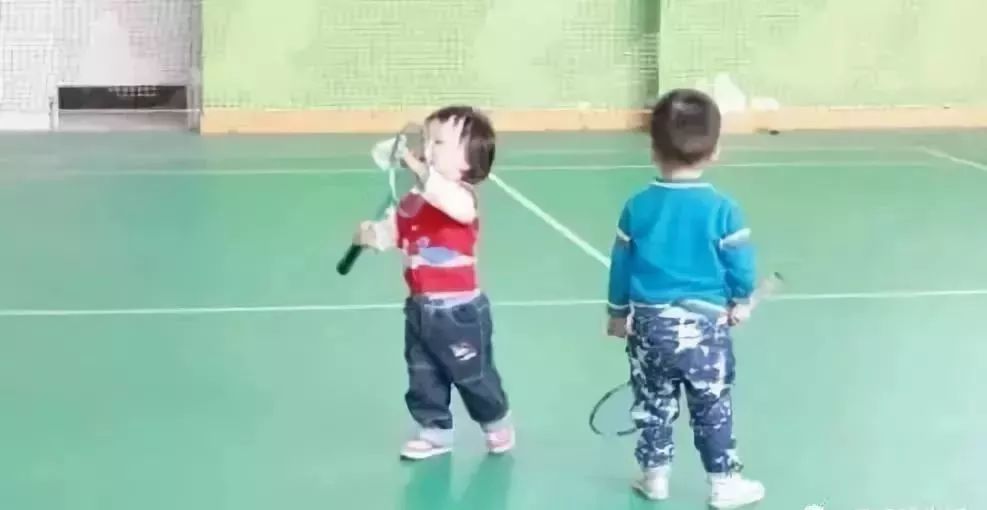
These days, many children at the primary school level are wearing glasses because their eyes aren’t getting enough exercise—they’re spending long hours focusing on objects at the same fixed distance. Playing badminton, on the other hand, requires constantly tracking the shuttlecock as it moves from far to near, naturally training the eyes to adjust focus and helping to prevent or even reverse pseudomyopia.
ADHD actually means kids are moving too little—essentially stifling their natural energy and curiosity. Playing badminton, on the other hand, helps unleash a child’s full-body motor skills. Regularly engaging in badminton can boost a child’s focus; and when attention improves, they start paying closer attention in class—and naturally, their academic performance begins to soar.
Method:For young children just getting introduced to badminton, the focus should be on fostering their interest—avoid making them perform repetitive, mechanical movements. Instead, we recommend larger group classes where several kids can learn together and engage in more playful activities.
Ages 13–18
The academic workload is heavy during junior and senior high school, but never give up playing badminton—stick with it by practicing a few times each week, and you’ll be rewarded with unexpected benefits!
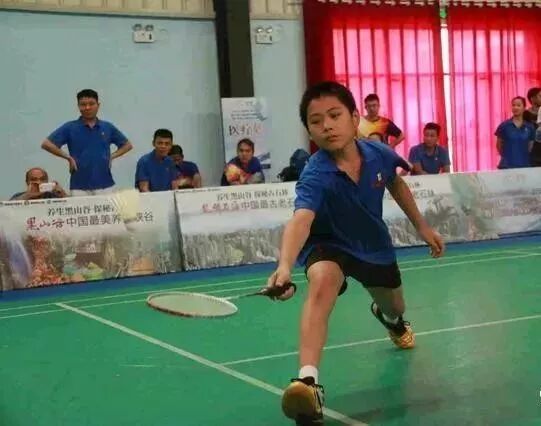
Benefits:Prevent depression, anxiety, school refusal, anorexia, rage disorders, and more—reduce stress, build resilience, and strengthen mental fortitude! The pressure of middle school and college entrance exams can distort the psychological and emotional development of many young people. If parents prioritize academic performance over their children's mental health, it could have lifelong consequences. Don’t let tragedy strike—care for your child’s well-being as much as their studies!
Method:If you’re not planning to pursue it professionally, you can still stick with badminton as a special skill by committing to regular practice—say, a few times each week for about an hour at a time. Beyond just honing your technique, make sure to seize opportunities to compete in tournaments. Participating in matches is a great way to relieve the stress from your academic studies, while also helping you build mental resilience and improve your ability to handle pressure. That way, when it’s time for big exams, you’ll be better equipped to perform at your best!
Ages 19–35
Some are starting to look for jobs, while others are continuing their studies and developing a specialized skill—once you do that, you’ll find yourself at a clear advantage over the average person!
Benefits:Having a wider social circle makes it easier to find a job, boosts your appeal to employers, and ensures you’ll never run out of admirers! We’ve noticed that people who play badminton often have an edge—whether it’s landing their dream job after graduation or excelling at work. If you happen to catch the eye of a boss or manager who shares a love for badminton, you’ll naturally stand out from the crowd. Plus, many companies host annual tournaments; if you’re a skilled player and deliver top-notch performance at work, climbing the career ladder—and earning those well-deserved promotions and raises—just got a whole lot smoother. And let’s not forget: guys who stay active and embrace sports tend to be more attractive to girls, so you’ll finally have no reason to worry about being single anymore!
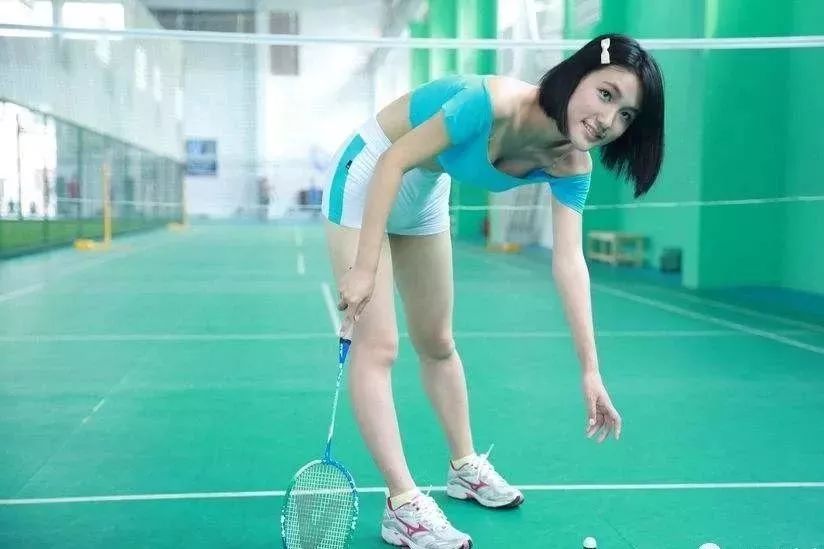
Method:At this point, besides focusing on the game itself, you need to learn how to play "social tennis"—that is, when playing with colleagues or your boss, don’t just concentrate on having fun yourself. Instead, make an effort to communicate and keep the atmosphere lively. And remember: know when to step back and show humility—don’t be overly arrogant, as that could actually turn people against you!
Ages 36–60
In middle age, playing badminton is the best fitness activity—stick with it, and you’ll not only improve your physical health but also keep major and minor illnesses at bay.
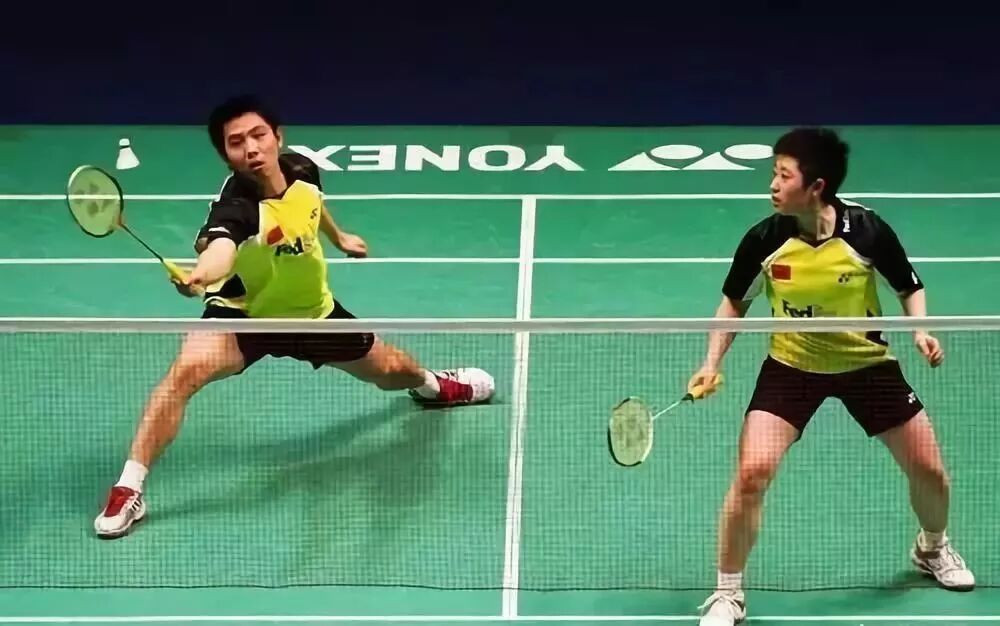
Benefits:Boost cardiovascular and pulmonary fitness, relieve cervical and lumbar spine issues, and revitalize cells to slow down aging! Especially for middle-aged individuals over 40, who often begin experiencing various chronic health challenges—such as general discomfort and declining physical stamina—regularly playing badminton a few times per week can significantly reduce the likelihood of these problems emerging.
Method:Please note that it’s not advisable to overexert yourself during this age group—short bursts of movement, like running in a small area between shots, are perfectly fine. Avoid playing for extended periods; instead, take regular breaks to sip water and recharge before resuming. And don’t forget to warm up thoroughly before hitting the court to prevent sports injuries!
Ages 61–79
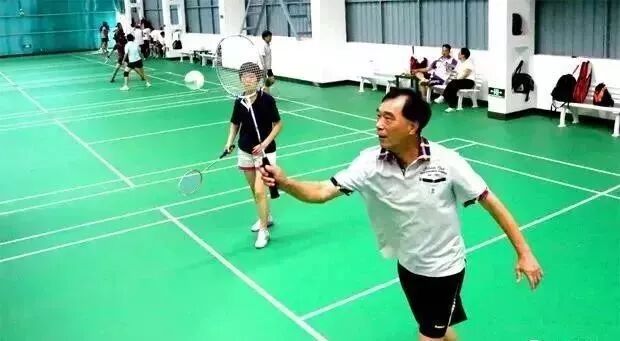
In old age, bodily functions begin to decline, and bones become brittle. Regularly playing badminton, however, can help slow down aging and promote a longer, healthier life!
Benefits:Prevent osteoporosis and reduce the risk of dementia! For badminton enthusiasts of this age, it’s not recommended to play multiple consecutive matches like younger players do—instead, opt for moderate exercise and avoid overexerting yourself. If you have the time, consider purchasing a half-year membership to the gym and commit to playing for more than an hour each day to boost your cardiovascular fitness. Just remember to warm up properly, stay hydrated, and take plenty of rest breaks in between!
Ages 80–100
What? You’re saying my grandma is already leaning on a walking stick? But look—this centenarian is still playing badminton and even competing in tournaments!
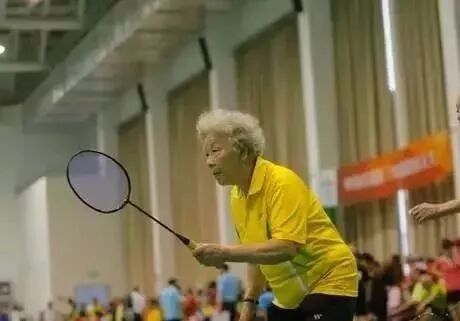
Benefits:Words simply can’t express it! In a single sentence: This is the meaning of life! At over 100 years old, she’s still going strong—living every day with the energy of a youthful 30-something, passionately playing badminton and staying active while keeping her heart forever young! She’s already transcended the cycle of birth, aging, illness, and death—every single day is nothing short of extraordinary!


Related Articles
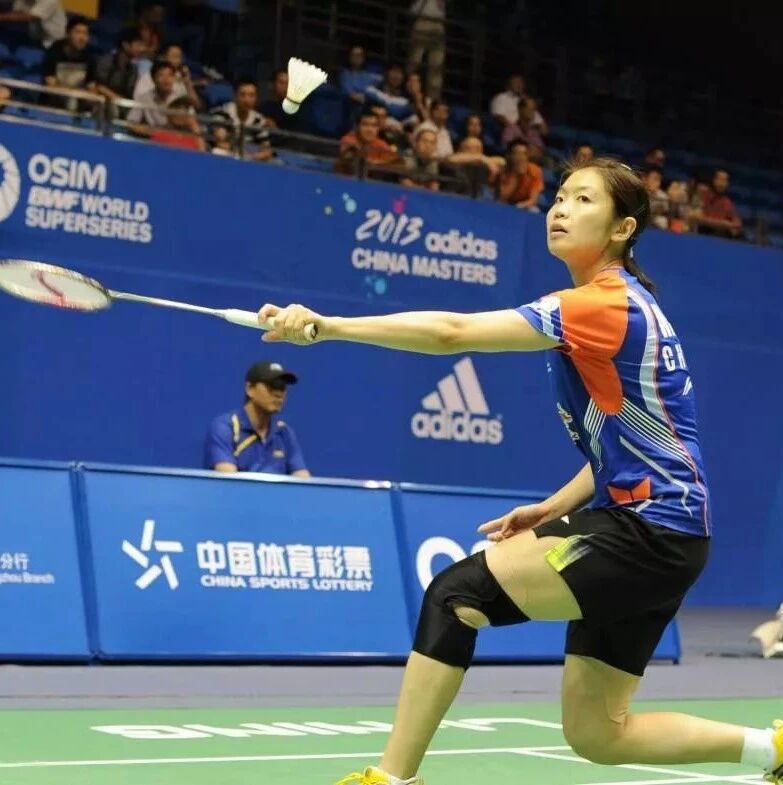
Mastering the drop shot technique may be the dream of many badminton enthusiasts!

Rumors surface online: Is Chen Long about to officially announce his retirement? Recently, he was spotted coaching the Chinese national badminton team as an expert.
